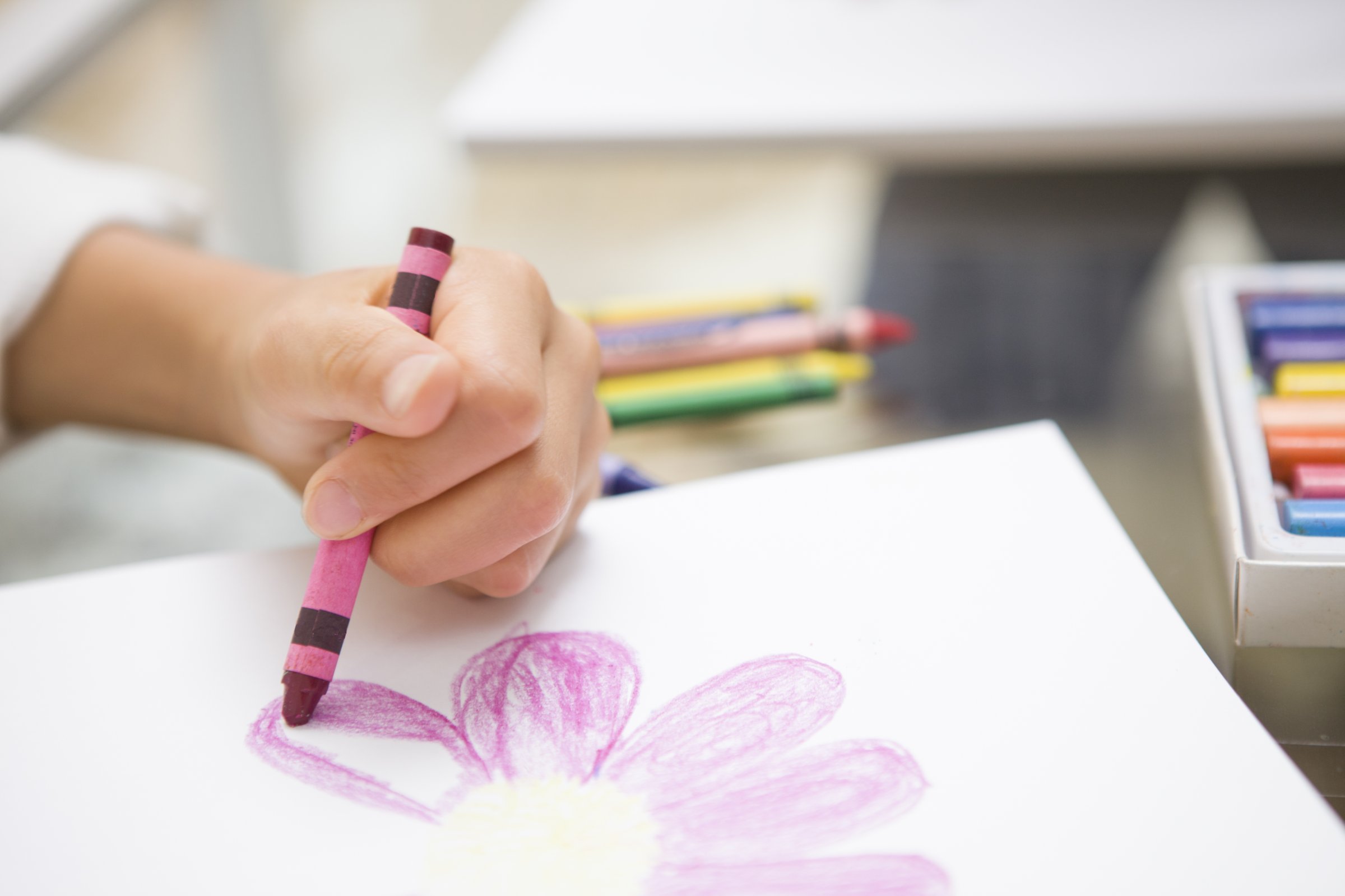
With just 10% of the population being left-handed, it can be easy for everyone else to forget we’re living in a right-handed world. But aside from making it tough to cut a straight line with a pair of scissors designed for righties, being a southpaw can also have some subtle effects on our physical and mental health. The brains and bodies of lefties may operate differently than those of right-handed people (and in mixed-handed people, who may have different dominant hands for different tasks). “Handedness seems to be determined very early on in fetal development, when a lot of other things about your future are being determined as well,” says Ronald Yeo, Ph.D., professor of psychology at the University of Texas-Austin.
Here’s a look at some of the most common facts about being left-handed, and what it might really mean for your health.
It’s not just genetics
Scientists aren’t exactly sure why some people are left-handed, but they know that genes are responsible about 25% of the time, says Yeo. Left-handedness does tend to run in families, he says, “but noticeably less than other inherited traits, like height or intelligence.” In fact, identical twins, who share the same genes, can sometimes have different dominant hands. There are plenty of theories on what else might determine which hand you write with, but many experts believe that it’s kind of random, says Yeo.
It’s linked to stress in pregnancy
In one British study, the fetuses of super-stressed pregnant women were more likely to touch their faces more with their left hands than their right. This could be the first signs of a left-handed child, say the researchers. Other evidence supports that theory. In one 2008 Swedish study of moms and their 5-year-old children, women who were depressed or stressed during their pregnancies were more likely to have mixed- or left-handed kids. In other studies, babies with low birth weight, or born to older mothers, were more likely to be lefties as well.
(Gifts: The 100 Most Influential Images of All Time)
It’s more common in twins
Identical twins are sometimes mirror images of each other—one twin has a mole on her right cheek and the other has a mole in the same spot on her left cheek, for instance. It was once believed that twins’ genetic makeup should be “mirrored” as well—therefore, one twin should be left-handed and the other should be right. (It was also once thought that all left-handed people started out as twins, and that their rightie siblings died in the womb.)
Neither of these is true, but left-handedness is about twice as common in twins than in the general population. A 1996 Belgian study found that about 21% of twins, both fraternal and identical, are left-handed.
It doesn’t make you “right-brained”
Most right-handed people use the left hemisphere of their brains to process language, but that doesn’t mean most lefties are “right-brained”—that’s just a common myth, says Gina Grimshaw, Ph.D., director of the Cognitive and Affective Neuroscience Laboratory at the University of Wellington in New Zealand. About 98% of right-handers are left-brained, she says, but so are about 70% of left-handers. Only about 30% are right-brained or bilateral-brained (in which both halves are equally capable). “Most left-handers seem to have similar language processing to right-handers,” Grimshaw says. For other one-sided brain functions, such as attention, emotion, music, and face perception, she says, there are less data. “But for the most part, left-handers do not differ obviously from right-handers. They certainly don’t have reversed brains.”
It may cause you to think differently
Society tends to associate the left side of something with the bad (“two left feet”), and the right side with the good (“my right-hand man”). But if you’re left-handed, you might not think the same way as righties, according to a 2009 Stanford University study. Participants were shown two columns of abstract illustrations and asked which seemed more intelligent, happy, honest, and attractive. Righties were more likely to choose the illustrations in the right column, while lefties were more likely to choose the drawings in the left column. “For left-handed people, implicitly, they think good stuff is on the left and bad stuff is on the right, even though consciously, explicitly, everything in language and culture is telling them the exact opposite,” the study’s lead author said in a press release. He believes this may even influence the way we vote on ballots, or which candidates we prefer when watching presidential debates.
It can affect school performance
In a 2009 study of children 11 and younger, Australian researchers found that left-handed kids performed worse than right-handers several measures, including vocabulary, reading, writing, social development, and gross and fine motor skills. Mixed-handed kids performed even worse than lefties.
Mixed-handed and left-handed children are more likely to use the two halves of their brains in unusual ways, which may put them at risk for mild learning disabilities, says Yeo. At the same time, however, some mixed-handed kids have an unrelated learning disability that’s making them struggle to decide which hand to write with. Either way, most kids catch up with their classmates as they get older, he says—being left-handed or mixed-handed isn’t a surefire predictor of how well kids perform as they grow up.
It’s linked to a risk of mental health problems
People who are left-handed are at greater risk of psychotic disorders such as schizophrenia, according to a 2013 Yale University study. When researchers polled patients at a mental-health clinic, 40% of those with schizophrenia or schizoaffective said they wrote with their left hand; that’s considerably higher than the 10% of lefties found in the general population. Studies have also found links between non-right-handedness and dyslexia, attention deficit hyperactivity disorder, and some mood disorders.
It does offer an advantage in sports
There’s one thing that most handedness experts can agree on: lefties have the upper hand (pun intended) when it comes to one-on-one sports like tennis, boxing, and pitching a baseball. In his book The Puzzle of Left-Handedness, linguist Rik Smits explains that athletes, (left- and right-handed) usually train against right-handed opponents. When finally facing a southpaw, lefties can easily adjust—but righties are at a double disadvantage. “They’re forced to engage in an asymmetrical battle for which they’re poorly prepared, against an opponent who’s a dab hand at dealing with this type of asymmetry,” he writes.
See 13 Historic Parades for Star Athletes

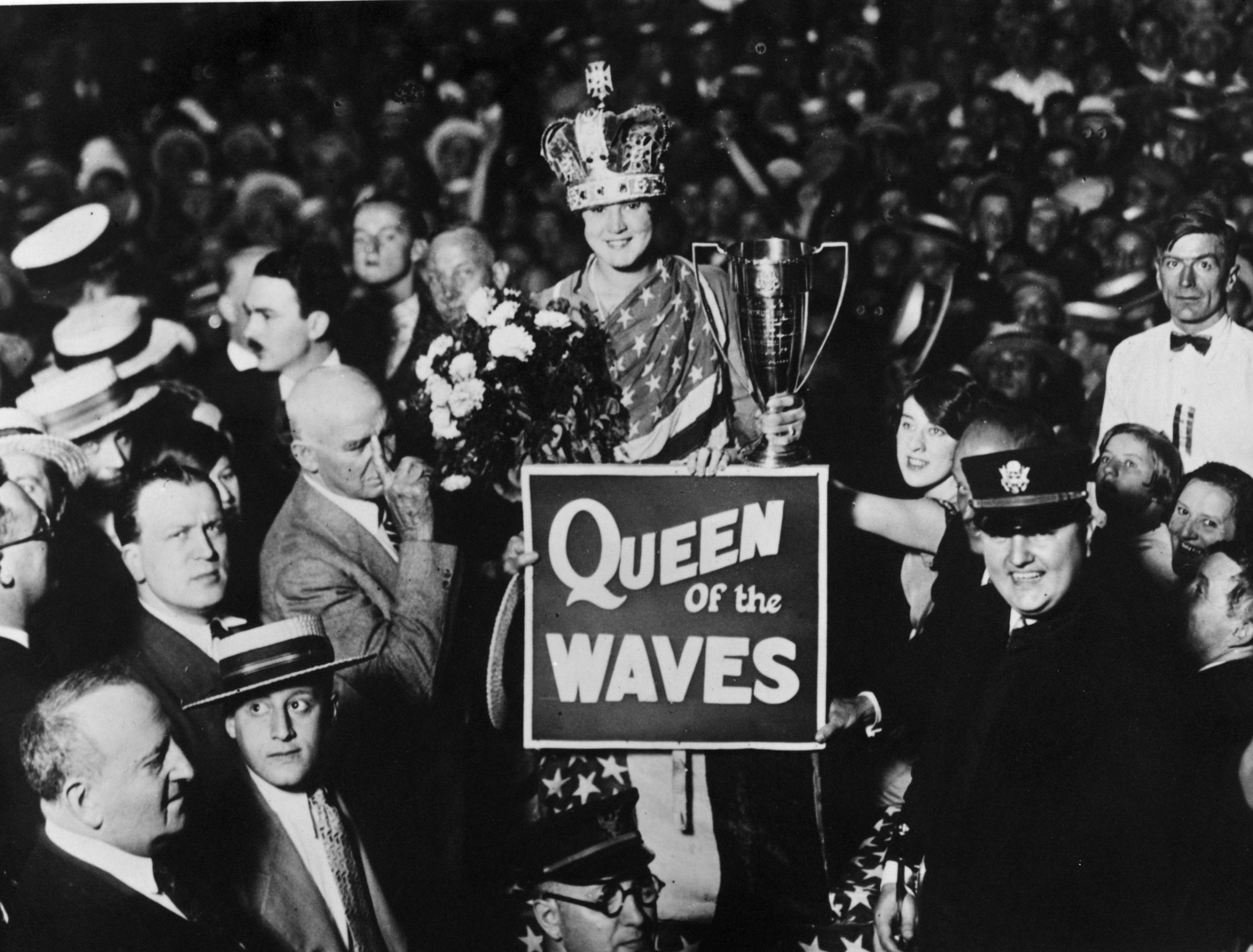
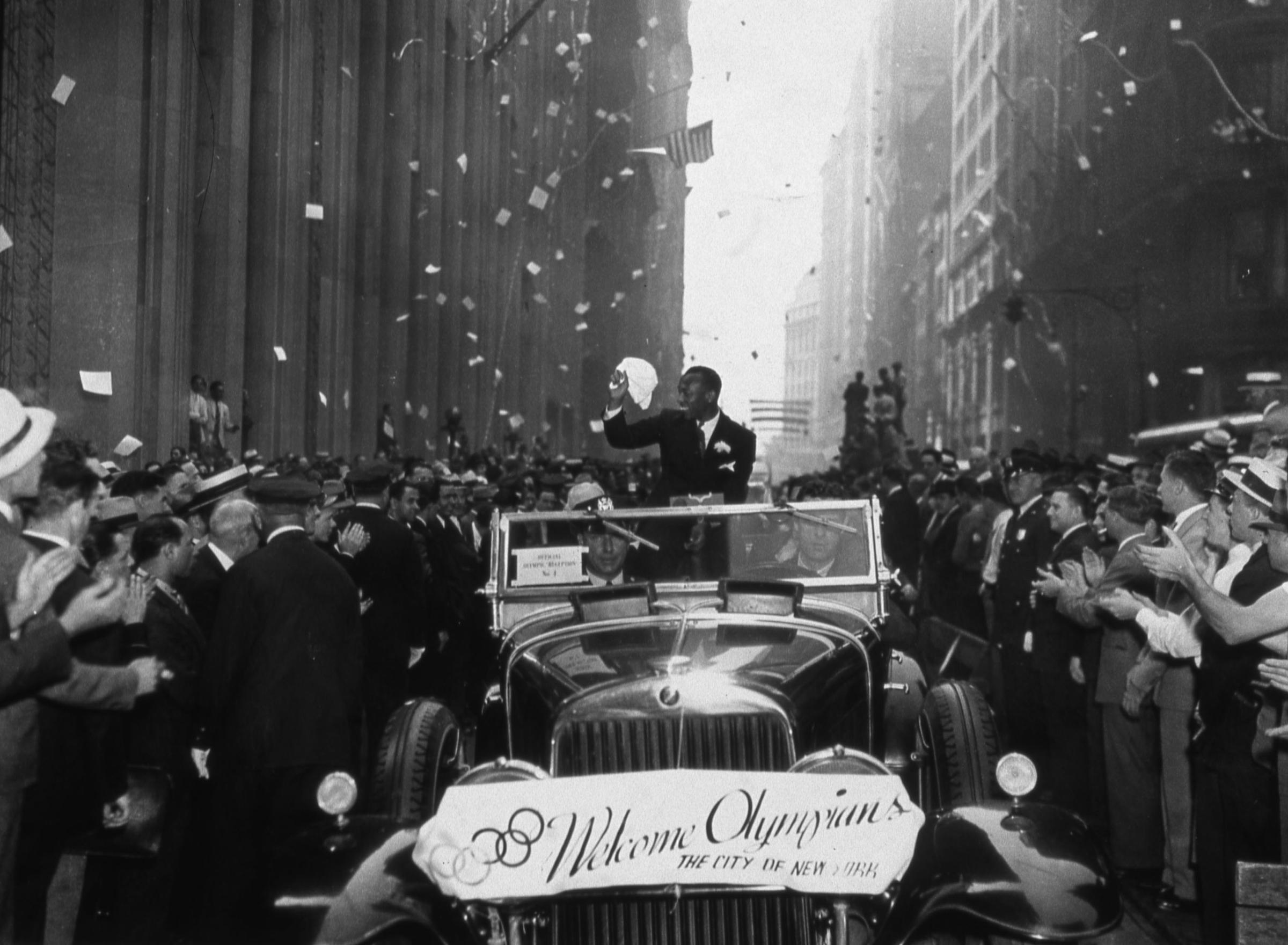

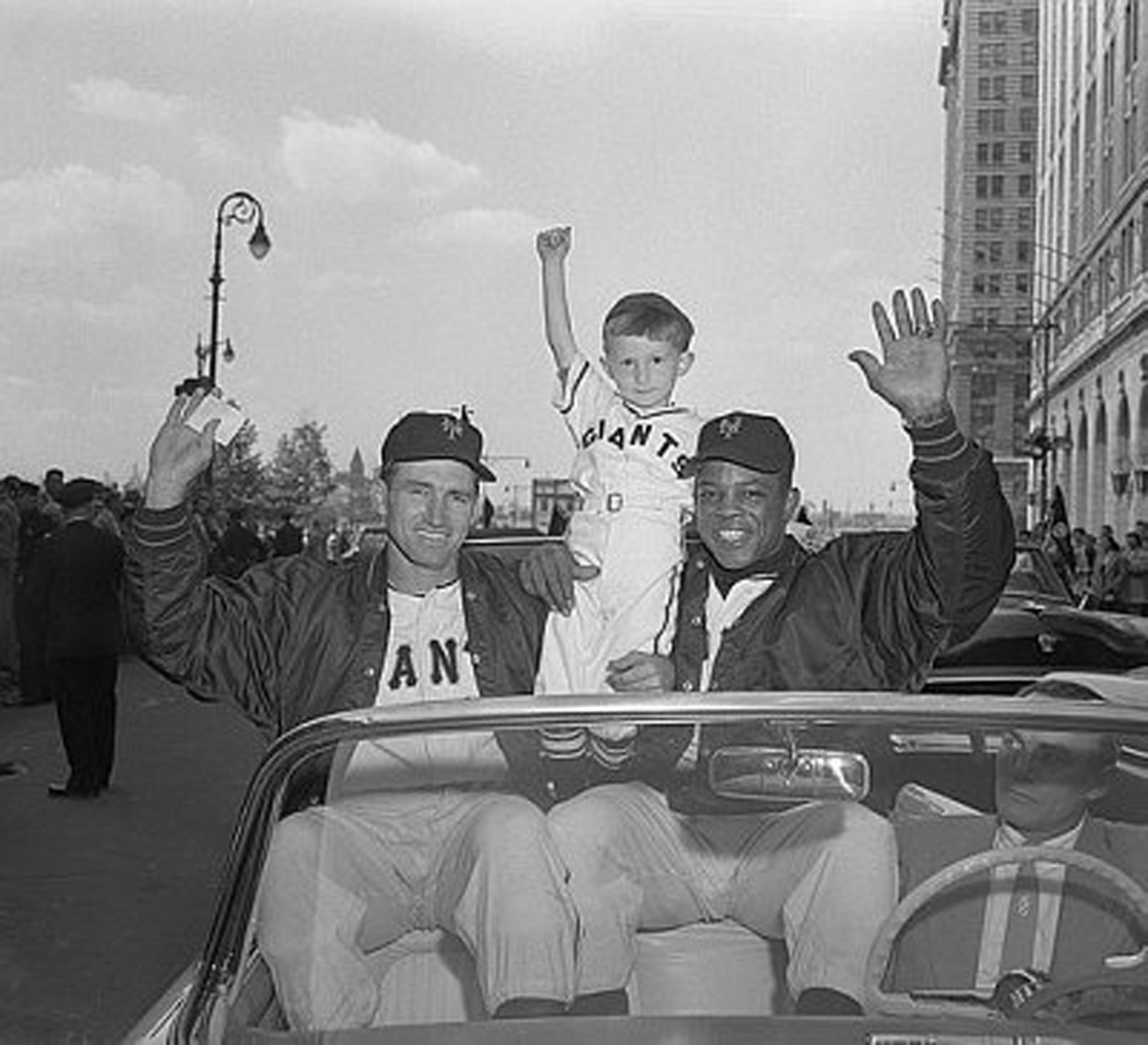
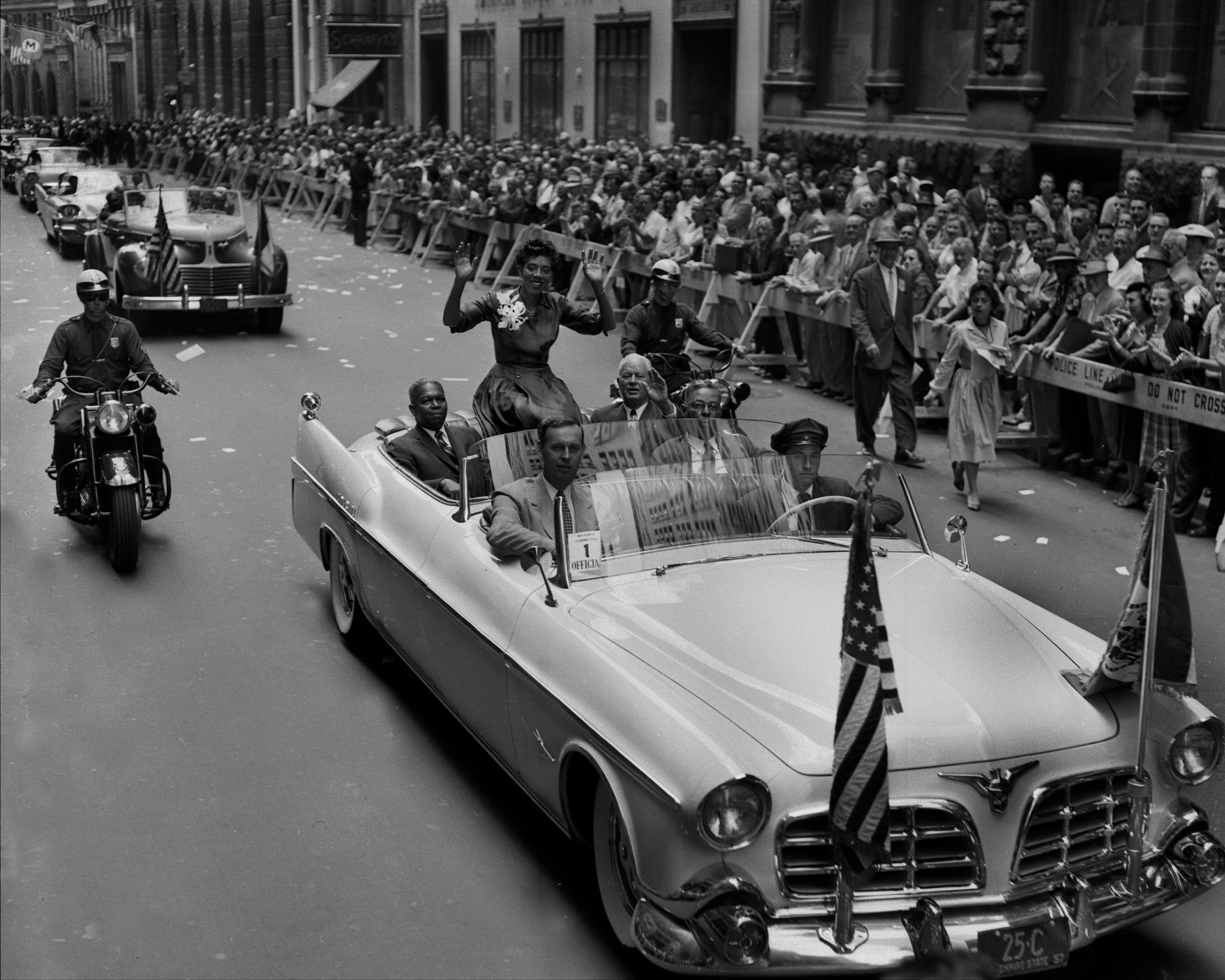

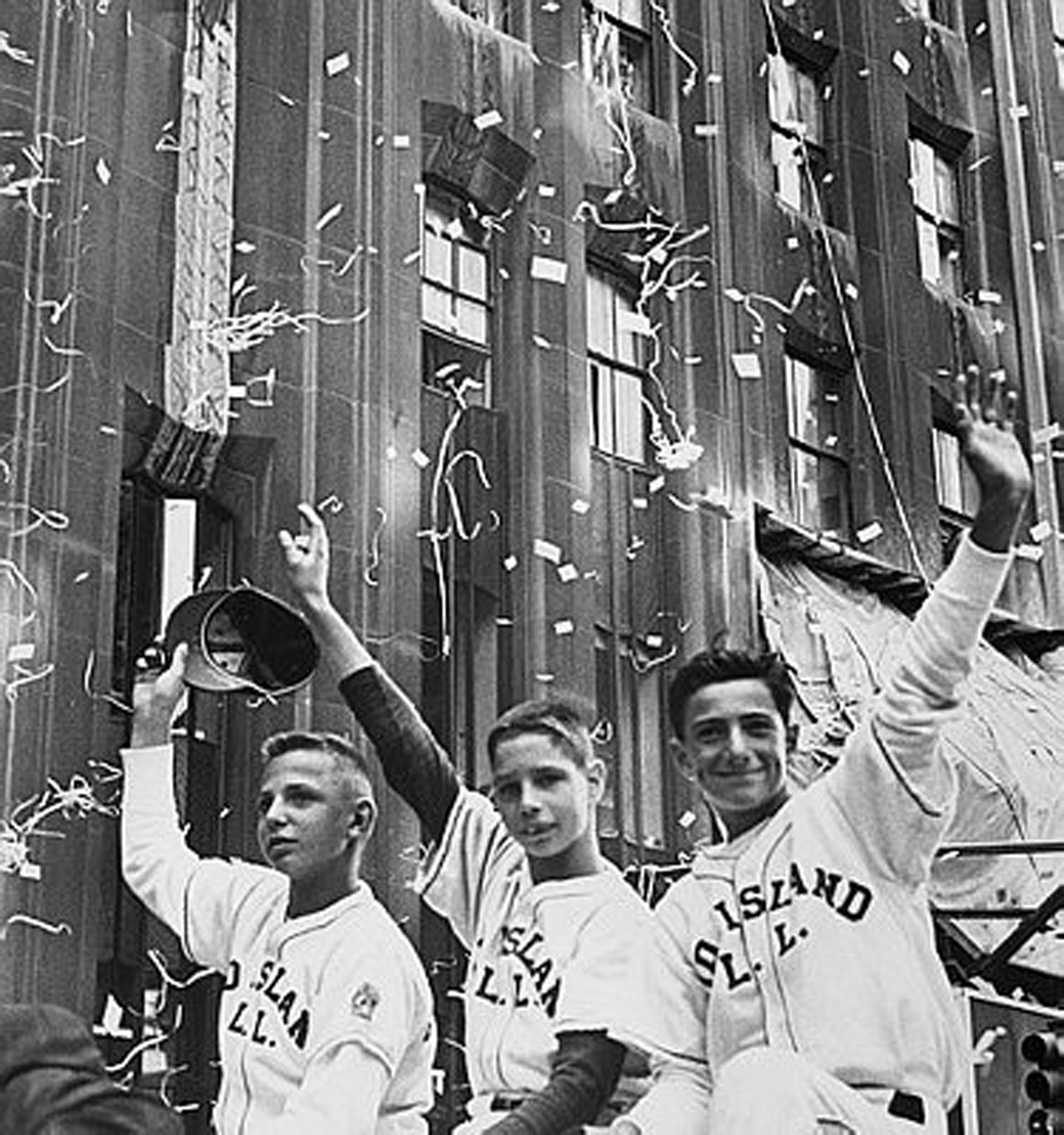





It may make for better fighters
In a 2005 French study, researchers found that southpaws made up just about 3% of the population in the most peaceful primitive societies, but 27% in the most warlike ones. Why? It goes back to the idea that lefties have a physical advantage over righties. In violent societies, researchers theorize, left-handers benefit from their unexpected left hook.
It doesn’t make you more creative
Left-handed people are often credited with being more creative than righties, but that’s a hard thing to measure, says Yeo. That rumor may come from a 1995 study that found left-handed men tended to engage in more “divergent thinking” than right-handed men—meaning they explore more options to solve a problem than the ones readily available. (For women, however, handedness made no difference.) “There’s a grain of truth to the creativity idea, but when you look at actual creative achievements in one’s lifetime, the evidence is not strong for association with left-handedness,” says Yeo.
It doesn’t mean you’re artsy
Southpaws also have a reputation for being introverted and artsy, says Grimshaw. “It’s an interesting contrast to views from a few decades ago or before, that stereotyped left-handers as somehow mentally or morally inferior,” she says. “However, the stereotype doesn’t reflect reality.” In a 2013 study, Grimshaw and her colleagues found no difference between left- and right-handed people on any of the five personality measures they tested. They did, however, find that mixed-handers were more introverted.
It’s linked to a higher risk of breast cancer
Left-handedness seems to be associated with some physical health issues. In a 2007 study published in the British Journal of Cancer, researchers found that left-handers had a higher risk of breast cancer than right-handers, especially for cancer that occurred after menopause. While the two seem completely unrelated, Yeo says that both could be the result of something affecting a fetus in early development. “We know that other physical vulnerabilities, like low birth weight and prenatal head circumference, can predict later health issues,” he says. “How you develop in utero may put you on a trajectory for certain strengths and weaknesses for your entire life.”
It doesn’t affect your general health
Scientists long suspected that being left-handed was somehow related to immune function, and that it may be a risk factor for an autoimmune disorder. Research has not been able to back up most of these claims, says Grimshaw, and that theory has been largely debunked. But one autoimmune condition handedness does seem to be associated with is inflammatory bowel disease. A 2001 British study found that lefties are twice as likely to suffer from bowel problems such as Crohn’s disease and ulcerative colitis than righties.
(Gifts: The 100 Most Influential Images of All Time)
It’s linked to some sleep problems
Southpaws may be more prone to periodic limb movement disorder (PLMD), which causes patients to involuntarily kick and jerk their arms and legs while sleeping. In a 2011 University of Toledo survey of 100 sleep clinic patients, researchers found that 69% of right-handers experienced limb movements on both sides of their body while sleeping. As for the left-handed patients, 94% of them had these movements. “Their findings indicate that left-handed people have significantly higher chances of having bilateral limb movements, indicating the potential for PLMD,” states a press release from the 2011 conference where the study was presented.
It may help protect against ulcers and arthritis
Being left-handed isn’t all bad, health-wise. A 2005 study published in the journal Laterality found that being left-handed was linked to lower rates of arthritis and ulcers. “The most likely explanation to me is that both handedness and disease risk depend on the interaction of hundreds of genes—we’ve mostly given up on the idea that one or two genes explain any of these things—and they have some of those genes in common,” says Grimshaw. “But we don’t currently know what those are; this is currently an area of active research.”
It doesn’t impact longevity
It was once thought that left-handed people were doomed to die earlier than their “normal” peers, thanks to a 1991 study from the University of British Columbia. (The study also found that car accidents were often to blame, so lefties also took on the reputation for being bad drivers.) But several studies since have debunked those claims, and scientists now generally accept that being a rightie or a leftie has zero effect on lifespan.
It may up the risk of PTSD
A 2007 Scottish study found that left-handers were more likely to display symptoms of post-traumatic stress disorder after watching clips from a scary movie. Other studies have found that non-right-handers experience more negative emotions. Both findings could be due to the fact that non-righties are more likely to have unusual brain lateralization, which could affect the way their brains process fear and anger.
It doesn’t make you a bigger drinker
Many small studies have suggested that lefties drink more than righties, but scientists weren’t sure why. They guessed that the unusual way lefties use the two sides of their brains made them more prone to alcoholism, or that lefties just drank more to deal with the stress of being a minority in a right-handed world. So a 2011 study published in the British Journal of Psychological Health examined the issue on a large scale, using self-reported data from more than 27,000 people. They found that left-handers did tend to drink more often, but mainly because they were “less likely to drink rarely (less than once a month) or not at all.” In other words, lefties weren’t more likely to binge drink or become alcoholics. “There is no reason to believe that it is associated with excessive alcohol consumption or risky drinking,” the authors wrote.
It might mean you earn less money
Whether the cognitive, mental, and physical differences lefties have from righties actually make a real-world difference in people’s lives is still up for debate—but a 2014 Harvard study suggests that they might. Researcher Joshua Goodman found that left-handed people’s salaries were, on average, 9 to 19% lower than their right-handed peers. (The gap between lefties and righties was $2,500 for men and $3,400 for women.) He also found that left-handers were more likely to not attend or to drop out of college, and to work in less cognitively demanding jobs, like manual labor. “When people ask me for the takeaway message, I tell them that it makes me pay a little extra attention to my kids as they develop their handedness,” Goodman said in a press release. “And if they turn out to be left-handed, I won’t worry, but will keep an eye out for some of these other things.”
(Gifts: The 100 Most Influential Images of All Time)
Overall, handedness doesn’t really matter
Of all the interesting facts about handedness, probably the most important one, says Yeo, is that it doesn’t matter much at all. “The differences between righties and lefties are really rather subtle, and of much greater scientific interest than any kind of practical use,” he says.
Grimshaw agrees, noting that mixed-handers seem to differ from “strong handers,” much more than left- and right-handers differ from each other. “However, we really don’t know much about the brains of mixed-handers, because we’ve been so focused on the left-handers,” she says. “Hopefully we’ll have a better understanding of them soon.”
One thing is for sure, Yeo says: We shouldn’t assume much about people’s personalities or health just because of the hand they write with. And we certainly shouldn’t worry about lefties’ chances of success: After all (as of 2015), five of our last seven U.S. presidents have been either left- or mixed-handed.
This article originally appeared on Health.com
More from Health.com:
More Must-Reads From TIME
- The 100 Most Influential People of 2024
- Coco Gauff Is Playing for Herself Now
- Scenes From Pro-Palestinian Encampments Across U.S. Universities
- 6 Compliments That Land Every Time
- If You're Dating Right Now , You're Brave: Column
- The AI That Could Heal a Divided Internet
- Fallout Is a Brilliant Model for the Future of Video Game Adaptations
- Want Weekly Recs on What to Watch, Read, and More? Sign Up for Worth Your Time
Contact us at letters@time.com